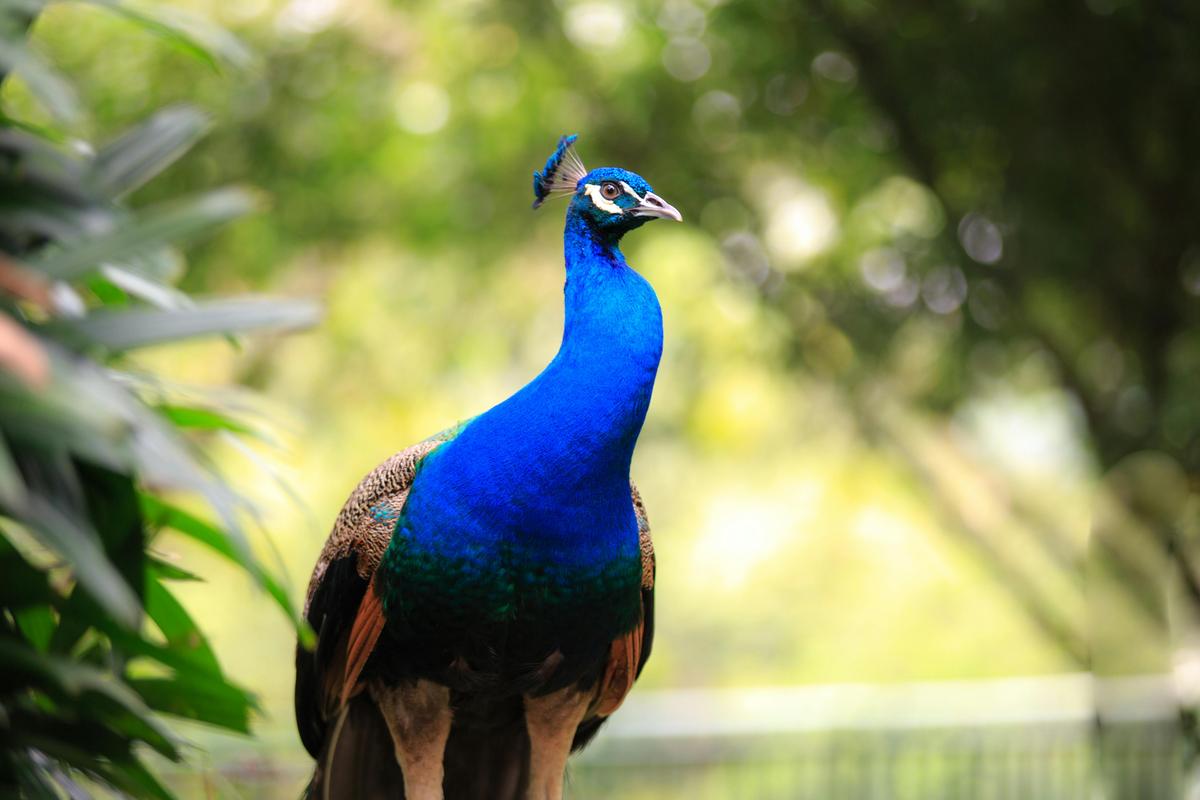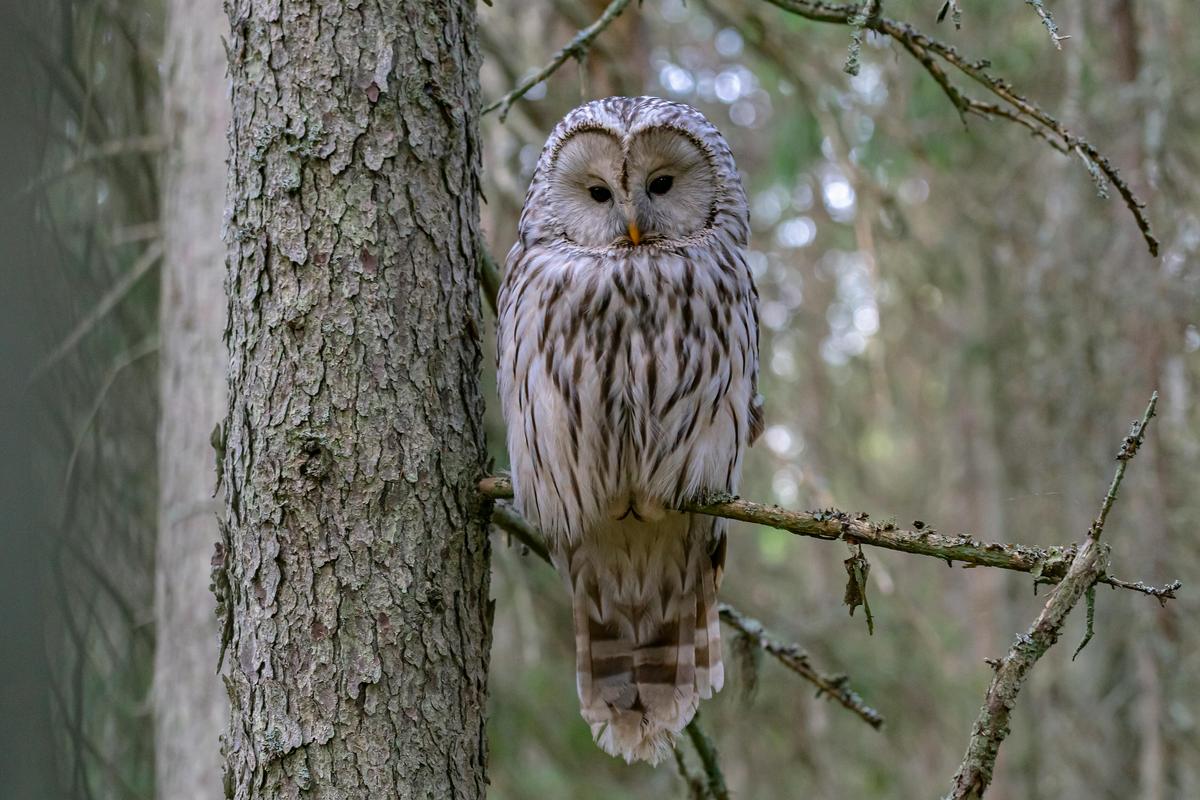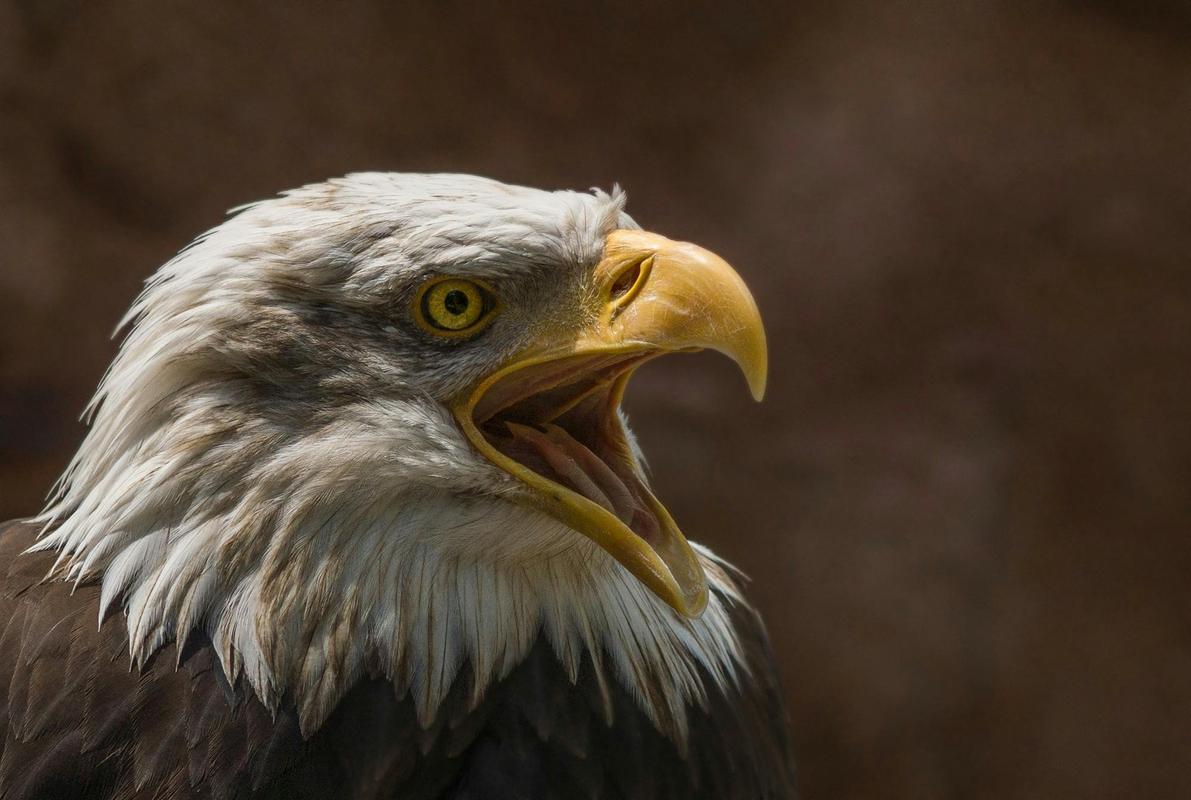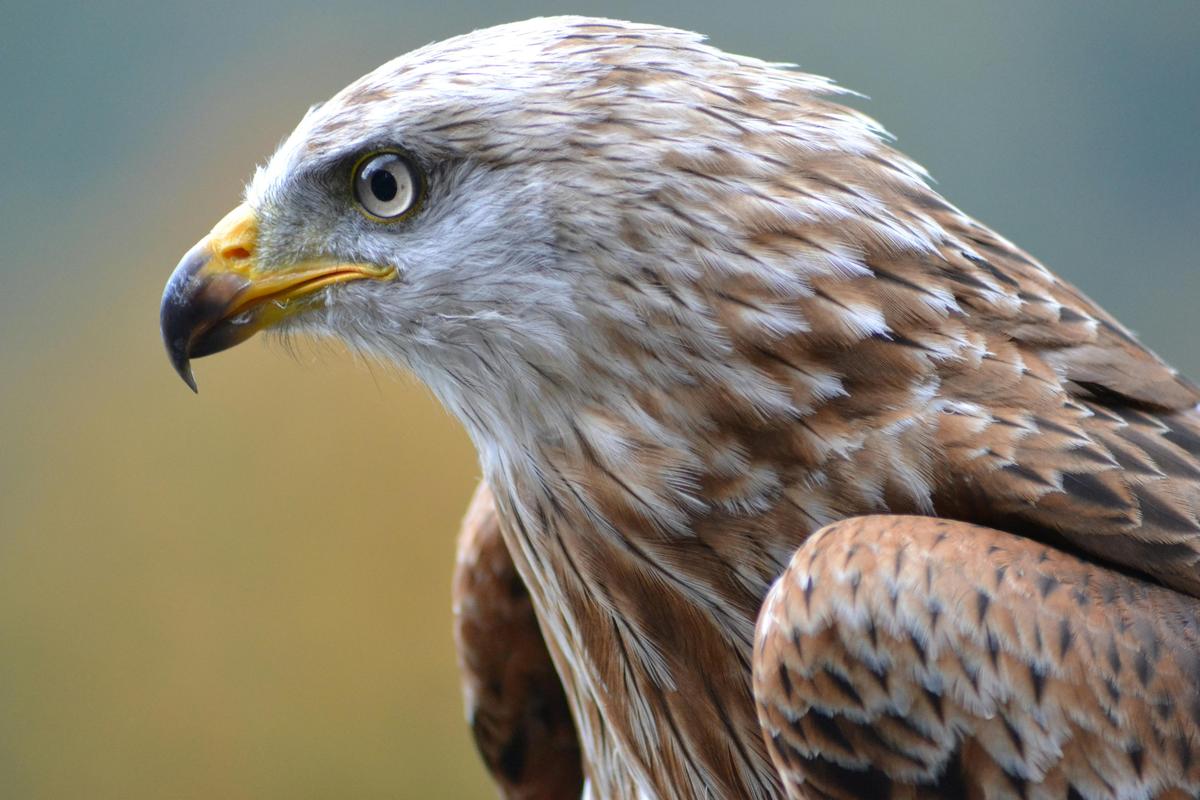Introduction: Understanding the Relationship Between Hunting and Conservation
Hunting might seem a bit contradictory to conservation, but they actually go hand in hand. Hunters are some of the biggest supporters of wildlife preservation, playing a crucial role in maintaining the delicate balance of nature.
Take the Duck Stamp Act, for example, passed in 1934, which makes all waterfowl hunters buy a federal stamp. The money from these sales has helped acquire or lease over 6 million acres of wetland habitat - a huge contribution to protecting migratory bird species. Similarly, the Pittman-Robertson Act, put into effect in 1937, puts an 11% tax on firearms, ammunition, and archery equipment. This has raised over $12 billion for state-led conservation projects, funding everything from restoring habitats to managing wildlife programs.
Hunters themselves are a major source of funding and information for these initiatives. In 2017 alone, more than 15 million Americans bought hunting licenses, pouring hundreds of millions into conservation efforts. Additionally, wildlife managers depend on hunters’ field observations and harvest data to predict population growth and establish sustainable regulations. Regulated hunting is actually one of the most effective ways to deal with overpopulation, removing extra animals in a controlled manner.
Beyond the financial and scientific aspects, hunting is deeply ingrained in many cultures, serving as a way of getting food, building community, and honoring tradition. Hunters take pride in using every part of the animal, sharing the meat with loved ones. They also witness firsthand the changes in nature, noticing the subtle shifts that indicate environmental changes. In this way, the hunting community acts as a caretaker of the land, preserving it not just for today, but for future generations. 1 2
 Photo by Quang Nguyen Vinh on Pexels
Photo by Quang Nguyen Vinh on Pexels
The Role of Regulated Hunting in Wildlife Population Control
Regulated hunting is super important for keeping wildlife populations in check. It helps make sure there’s a good balance between animals and people, the way we use land, and the habitats available. Managed hunting helps keep the right number of predators and prey around, so they can all thrive without getting out of control.
Hunters are the real heroes when it comes to taking care of wildlife. They pay for a lot of conservation work through the Pittman-Robertson Act, bringing in hundreds of millions of dollars every year for state fish and wildlife agencies. These dedicated hunters also team up in local clubs and national groups to raise more money, buy and protect private lands for animals, and push for policies that help nature.
Hunting brings in more than $24 billion for the U.S. economy each year and supports over 600,000 jobs, making it a big deal for both the economy and conservation efforts.
Other ways to control animal populations, like sterilization and contraception, are expensive and don’t work well for wild animals. On the other hand, hunting is a sustainable and affordable solution. By opening up new areas for hunting, wildlife agencies can make hunters happy and get more people interested in hunting, which helps conservation efforts even more.
In crowded areas, using bows and arrows for hunting can be a good way to control populations without causing problems for people. When hunting is done right, it’s not bad for animals but actually helps them survive and grow in numbers. 3 4
 Photo by Erik Karits on Pexels
Photo by Erik Karits on Pexels
Economic Benefits: How Hunting Funds Conservation Programs
Hunting is a crucial part of conservation efforts in the United States, providing a significant and reliable source of funding for essential wildlife management programs. The numbers speak for themselves - more than half of a state wildlife agency’s budget comes directly from the sale of hunting and fishing licenses, generating over $821 million annually. This revenue, combined with the $10.1 billion in Pittman-Robertson Act tax dollars and the $18 billion contributed by anglers, forms the backbone of conservation funding across the country.
But the impact of hunters goes beyond just financial support. American hunters contribute an additional $400 million per year to wildlife conservation through membership dues and donations to organizations, showing their deep commitment to preserving the natural world. Their spending on hunting-related activities, from travel to equipment, injects a staggering $86.9 billion into the U.S. economy each year, creating over 600,000 jobs, often in rural areas where employment opportunities may be limited.
- Hunting generates $25 billion in retail sales and more than $17 billion in salaries and wages each year.
- Hunters spend $5.3 billion on hunting-related travel, $6.4 billion on hunting equipment, and $8.4 billion on other big-ticket items.
- The economic impact of hunter spending is estimated to be more than $86.9 billion per year to the U.S. economy.
By supporting conservation efforts through their participation and spending, hunters play a vital role in protecting the natural habitats and wildlife populations that we all cherish. Their contributions, both financial and practical, are essential to ensuring the long-term sustainability of our shared outdoor heritage. 5 6
Success Stories: Real-World Examples of Hunting Supporting Conservation Efforts
The amazing comeback of iconic American wildlife is a clear sign of the power of conservation efforts, often led by the hunting community. Let’s take the bald eagle, for example. Once almost gone forever, this majestic bird has made an incredible comeback, with around 316,700 individuals as of 2021. This comeback is thanks to banning harmful pesticides like DDT and the protections of the Endangered Species Act.
Similarly, the California condor, one of the rarest birds globally, has seen its numbers steadily rise, with 537 individuals living in the wild or in captivity as of 2018. The 1,000th chick hatched in the recovery program in 2019, showing the dedication of conservationists and the resilience of this species.
Hunting has also played a crucial role in stabilizing the populations of other threatened species, like the swift fox. Conservation efforts have prevented the need for an Endangered Species Act listing, ensuring the continued survival of this elusive predator. The Foskett speckled dace, once in danger of extinction, has been removed from the endangered species list, thanks to successful restoration efforts.
The Kirtland’s warbler, a songbird once on the brink, has seen its population soar to over 2,000 pairs, leading to its removal from the endangered species list in 2019. Likewise, the Louisiana black bear and the Monito gecko have both been delisted, their numbers boosted by voluntary, incentive-based private land restoration programs and captive breeding initiatives.
These inspiring success stories show the power of collaboration between hunters, conservationists, and policymakers. By working together to protect and restore habitats, reintroduce species, and implement effective management strategies, we can ensure that these iconic American wildlife thrive for generations to come. 7 8
References
-
“03 22 2023 Hunting And Conservation” - www.nwf.org ↩
-
“Hunting Is By Far The Largest Funding Me” - www.conservationforce.org ↩
-
“Success Stories” - www.nwf.org ↩

 Photo by
Photo by